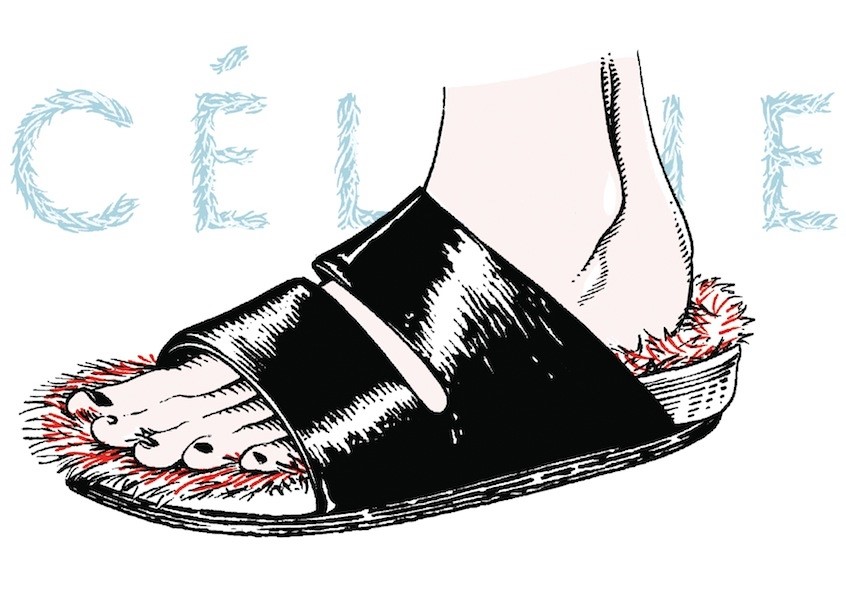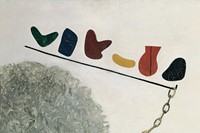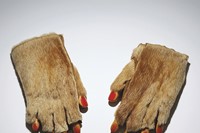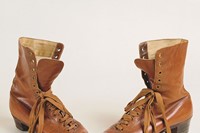A furry shoe, for summer? In the hands of Phoebe Philo, the design easily becomes one of the most covetable pieces for the spring/summer 2013 season and cleverly reminds us that that the summer climate (certainly in Europe) isn't what it used to
A furry shoe, for summer? In the hands of Phoebe Philo, the design easily becomes one of the most covetable pieces for the spring/summer 2013 season and cleverly reminds us that that the summer climate (certainly in Europe) isn't what it used to be.
There are two brilliant aspects of the Céline furry shoe: the outer design, reminiscent of a comfortable Birkenstock, and the fur-lined inner sole, in blue, white and black. The design gives a nod to the German shoe brand, known for its contoured cork and rubber footbeds – certainly not the sexiest of footwear. The fur adds another dimension altogether. It's exciting to see an old classic, made new and modern.
Whilst although not explicit in her referencing, it seems certain that Philo had in mind the work of Meret Oppenheim. The German-born Swiss, Surrealist artist and photographer's most famous work is Breakfast in Fur (1936), a teacup, saucer and spoon covered with fur. Both the teacup and the shoe have the same effect – they make you stop, and think. Maybe even make one feel a little excited. They're a little bit rude, a little bit odd, a little bit mad.
"The furry surface texture appeals to the sense of touch, wants to be stroked and petted"
Meret Oppenheim is one of the twentieth century's most important and unconventional artists; a key protagonist of French Surrealism. Her extraordinary body of work is explored in a new title entitled Retrospective. Here, AnOther presents an extract from the book, written by Heike Eipeldauer...
"Through the virtually seamless masking of the cup, saucer and spoon with the fur of a Chinese gazelle, she liberated these everyday objects from their functionality, removed them from the sphere of consumerism, and thus realised a chief characteristic of Surrealist object art, namely to "hunt down the mad beast of habit", as André Breton expressed it in Crise de l'objet (1936). Breton's call to discover the "wonderful in the commonplace" as a means of transcending accustomed horizons of experience are fulfilled in ideal-typical manner by the mass product that has mutated into an animal.
Oppenheim first presented Breakfast in Fur in May 1936 within a framework of an exhibition of Surrealist object art at Galerie Charles Ratton in Paris. In this work she employed Surrealist strategies of combination and metamorphosis to bring about a shift of context and perspective causing disparate, irreconcilable things and systems to clash in surprising and shocking manner: cup and fur, the culinary and the animal, the oral and the tactile, the sensually warm and the repellently cold, the civilised and the wild, the erotic and the banal. An object familiar from daily routine undergoes alienation through subversively artistic redefinition of its function. The furry surface texture appeals to the sense of touch, wants to be stroked and petted, and evokes memories of tactile experiences as an elementary form of self-reference."
Meret Oppenheim: Retrospective is published by Prestel and is available now.



